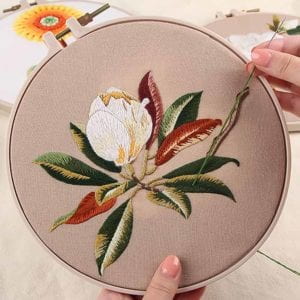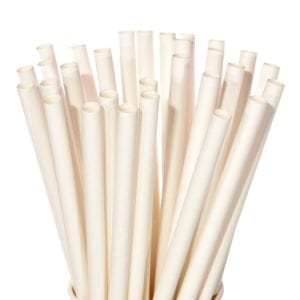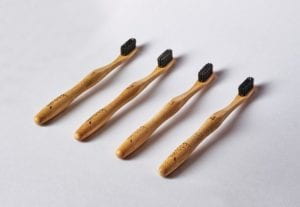Learn from China
Some local craft techniques that I have seen and known are hand sewing, wood making, and making things out of paper. What I have observed from my ayi is that she embroidered her own bags with a type of silk that looked a bit like plastic and she would sew up and down through a bag. I’m not exactly sure what she’s doing with those bags if she’s re-selling them or just it could just be her hobby. Not only my ayi, there are many Chinese locals that you could see on the street that would be constantly working on some type of craft with certain material and they would try to resell their work. I believe there are definitely techniques that could be replaced with plastics but the question is who will provide the certain type of plastics they need? For example, as we have seen, plastics could replace jewelry, clothing, and other materials. However, they are all built with machines or have gone through a process with machines that transformed those plastics into different materials. For the locals, who is going to do that for them? Are they suppose to replicate their materials to plastics themselves? What is the likelihood of them switching their material?

Find References
Solution 1: One popular or up-coming solution people and large drink companies have been trying to implement are paper straws instead of plastic straws. Instead of using plastic straws, the alternative is to use paper. However, there are some cons to using paper straw. From an user experience, the paper itself will start to go soft and people won’t be able to drink as well when the straw goes soft. Another issue is cutting down more trees to make the straw. Therefore even though we are using less plastic, but we’re cutting down more trees.
From the reading “Bio-Thinking”, we can categorize paper straw as innocent-looking product threaten the environment. Though paper straw seems like a better alternative than plastic straw, it still uses large amount of water, energy and produces carbon footprint as well. Moreover, it cuts down more trees which disrupts the oxygen on earth.

Solution 2: Another solution is a toothbrush that is made out of a Bamboo wood instead of plastic. I believe some NYU Shanghai students has created this product called Boomi and they used 100% biodegradable and compassable material for the handle of the toothbrush. In the “Bio-Thinking” article, it talked about sustainability and a key factor to remember is that a product can only be considered sustainable when they are fully compatible with nature throughout their entire lifecycle. Therefore, when I drop a Boomi toothbrush on the ground, it should be able to decompose and become soil again.

Solution 3: Another solution that exists is rechargeable batteries. This is actually a crucial and important invention for the society. The reason is that batteries not only uses a lot of plastics to make but also it contains toxic chemicals. Therefore when they are being thrown out into the trash that may not be sorted and gets dumped into the ocean, a lot of the chemicals from the old batteries would leak into the ocean. Rechargeable batteries would allow less production of batteries and becomes more eco-friendly. As the reading “Bio-Thinking” said, “using less energy or materials means there is often a cost saving as well as an environmental benefit”. Therefore rechargeable batteries are another good solution to plastic waste.

Leave a Reply